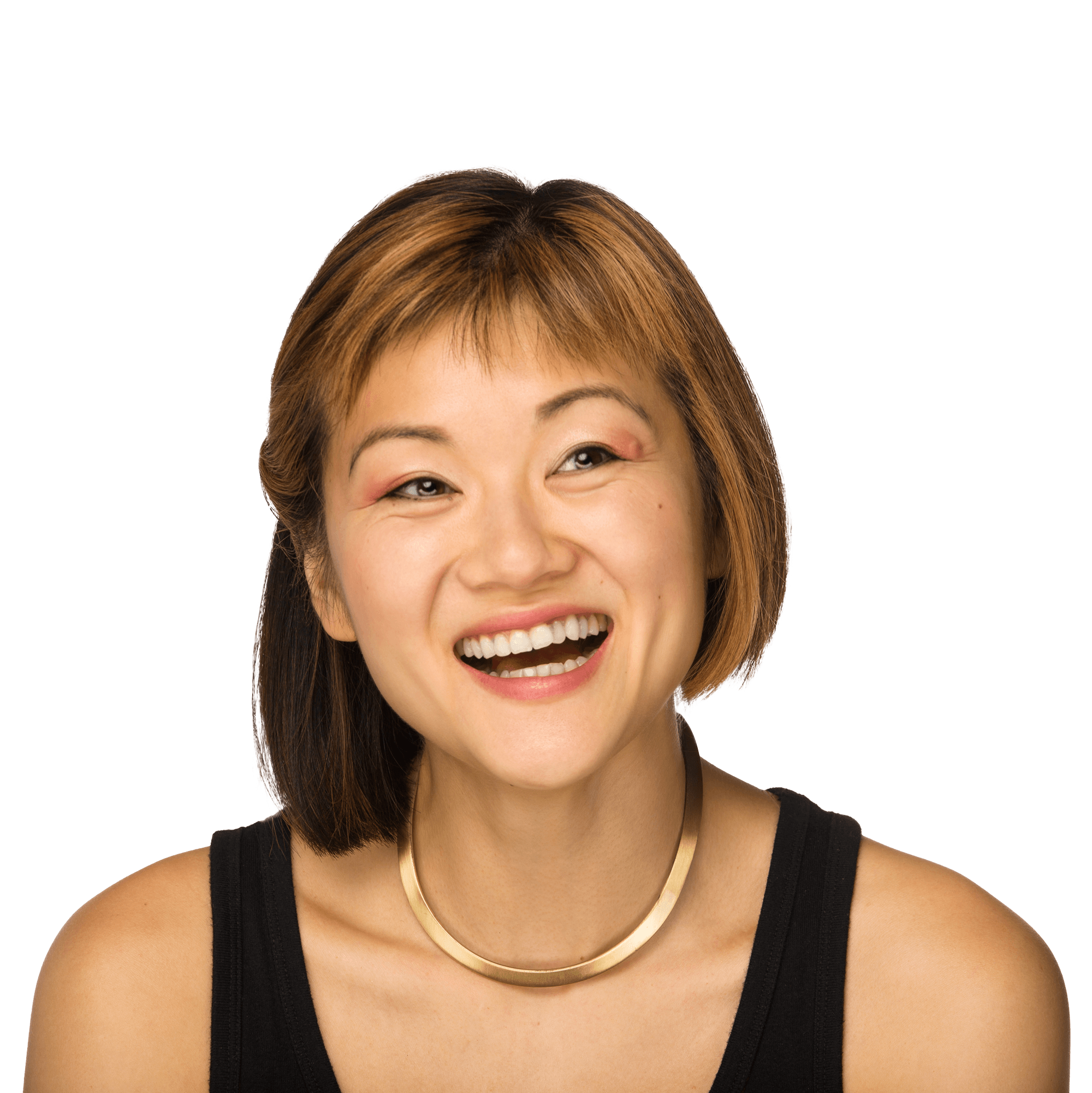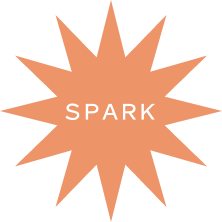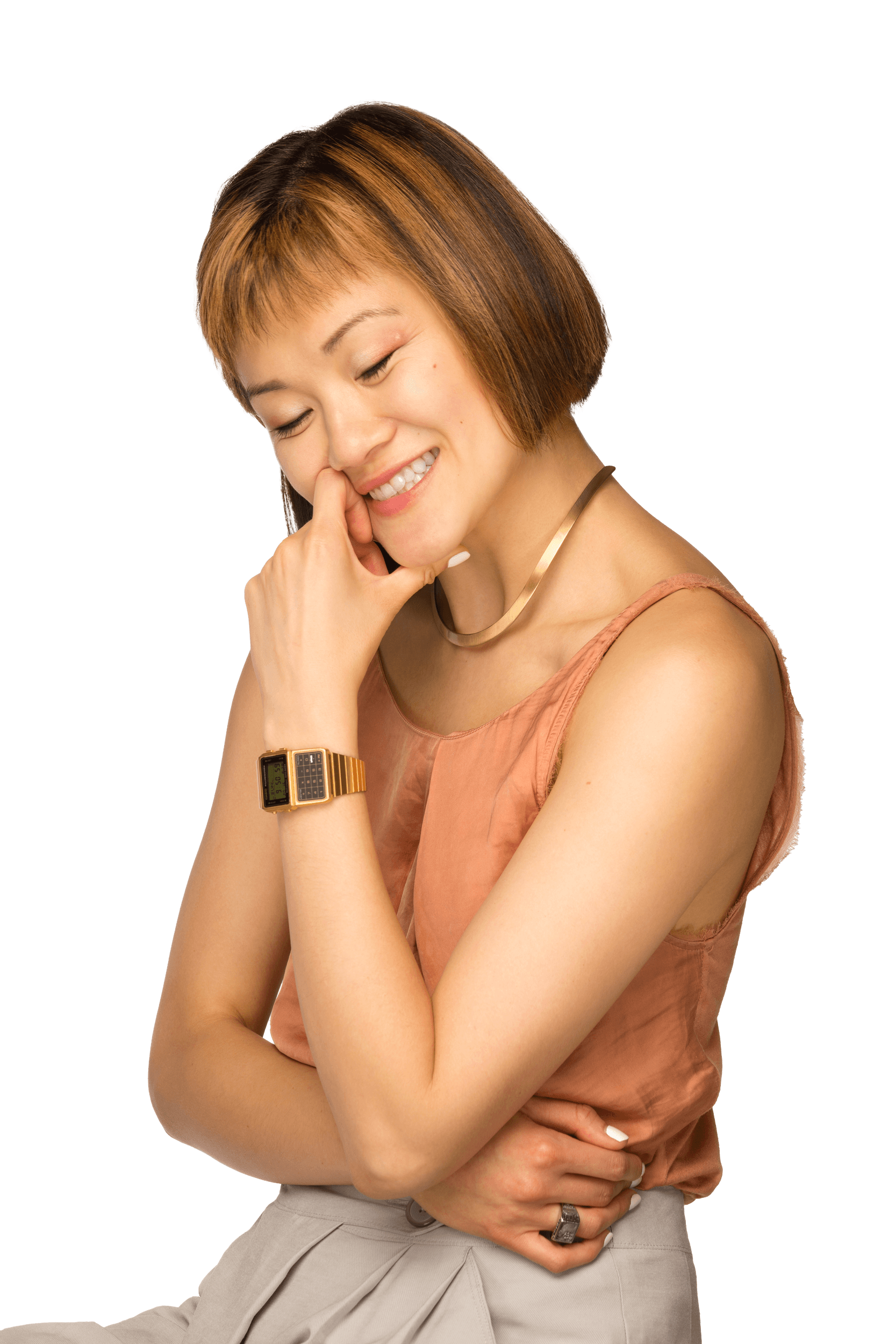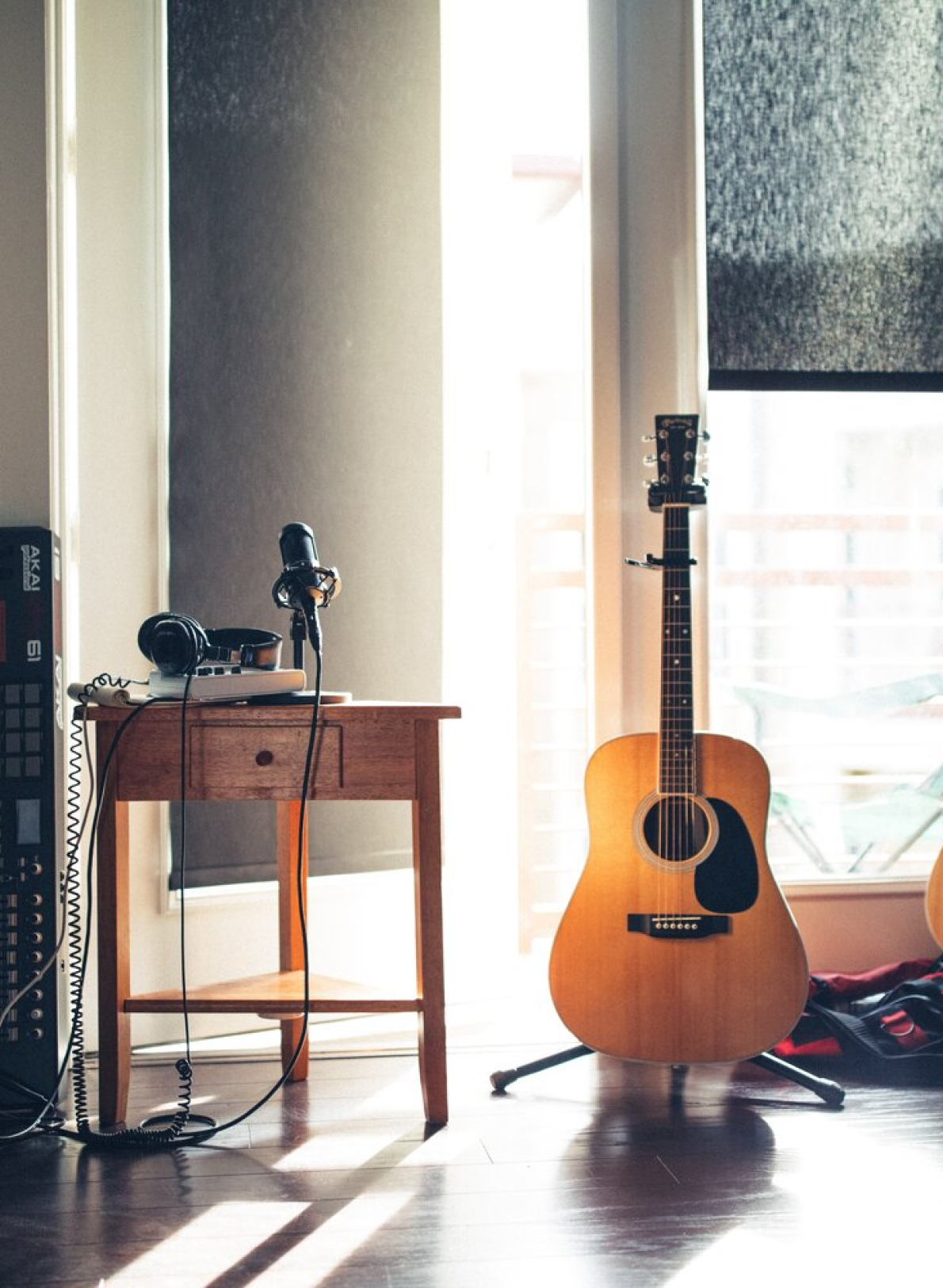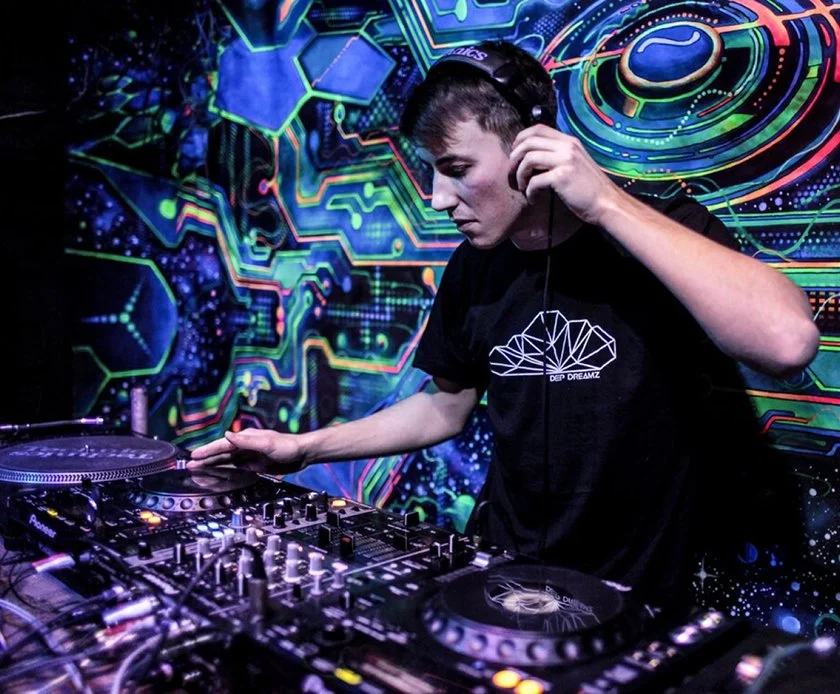I am a
CREATIVE TECHNOLOGIST
At De Vinci Innovation CenterXiao Xiao, PhD
This scientist was part of our original collection.*A few features may be different.
XIAO
XIAO
She/Her
“When you’re on the quest to know things and you figure out that there are different ways of knowing, I think what you come back to is compassion.”
"Insufferable". That's how Dr. Xiao imagines her high school peers saw her. Chasing the image of the ideal student internalized by her childhood in China, she became rigid in her pursuits. Her skill at piano and her aptitude in math became deeply entwined with her identity. She developed a framework for success, and as frameworks sometimes do, it evolved into a barrier.
At her core, Dr. Xiao is both an artist and a scientist. It was just a matter of time before her built identity fractured to make room for who she actually wanted to be. For a while, she swung from one extreme to the other, treating creativity and scientific inquiry as independent forces but finding it difficult to step away from either. There was an ongoing battle between social pressures to be the traditional "best" - following the rules - and taking a chance on improvising a new path. Her story exemplifies the impact that treating subjects as too distinct or grades as too much of a proxy for success can have on students.
It takes a lot of courage and persistence to decide you will fill a space that is rarely filled in society - in Dr. Xiao's case, the space between art and science. Today, Dr. Xiao studies learning music as a model for understanding how the mind forms complex thoughts. She uses piano in her work. She carved out space for both to co-exist, and she is an advocate for making it much easier to follow in her footsteps. Students should feel encouraged to break the mold, to define their own questions, make mistakes, use any combination of tools that call to them, and decide what their own success looks like.
Notable Accomplishments:
PhD in Media Arts & Sciences from MIT Media Lab
The
basics:
Expertise: Technology; Music
Title: Creative Technologist; Pianist; Artist
Institution: MIT Media Lab
I am an artist, pianist, and technologist who combines my talents to explore the unknown.
things I love:
ARTS EDUCATION
•
PIANO
•
MATH
•
PSYCHOLOGY
•
MINDFULNESS
•
ARTS EDUCATION • PIANO • MATH • PSYCHOLOGY • MINDFULNESS •
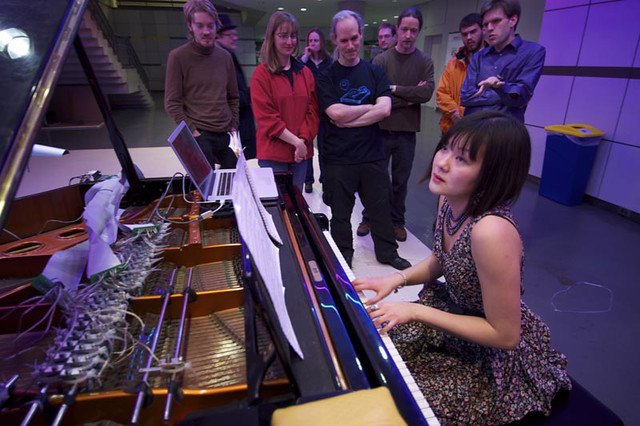
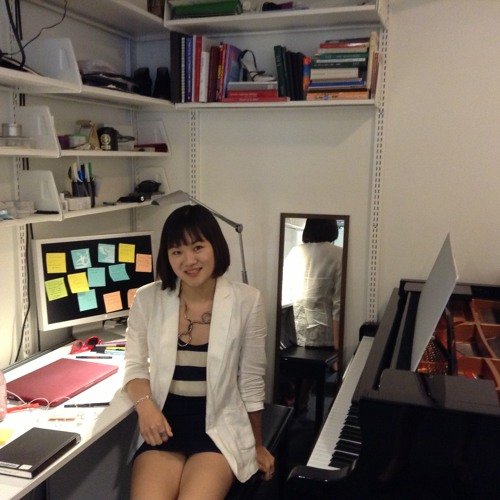
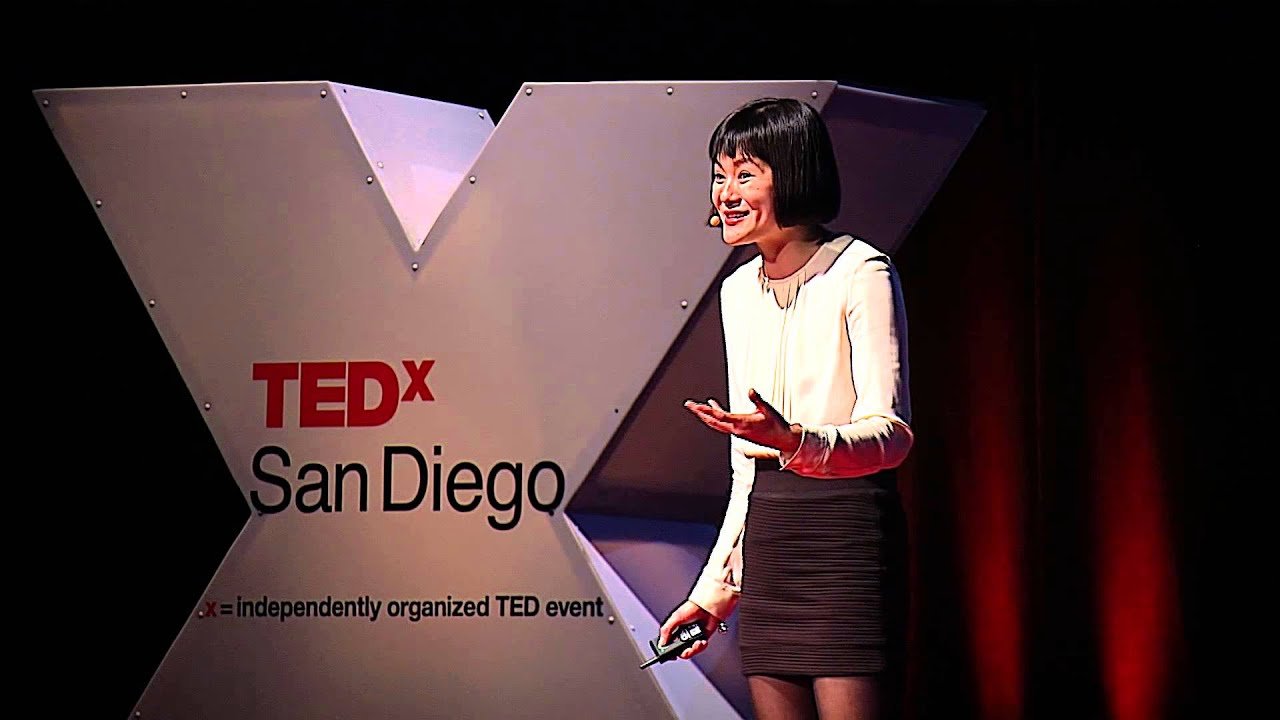
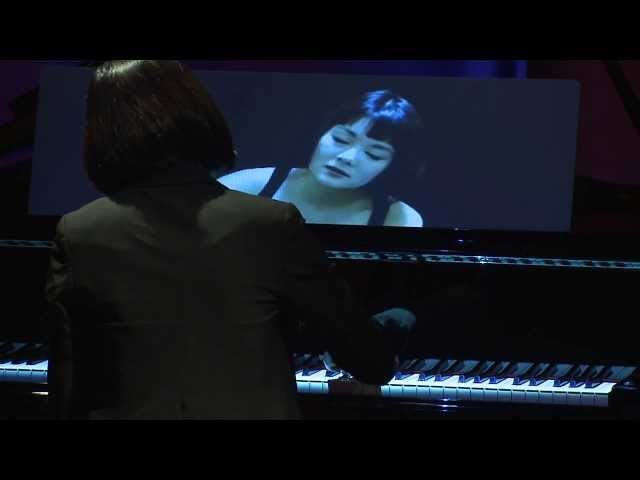
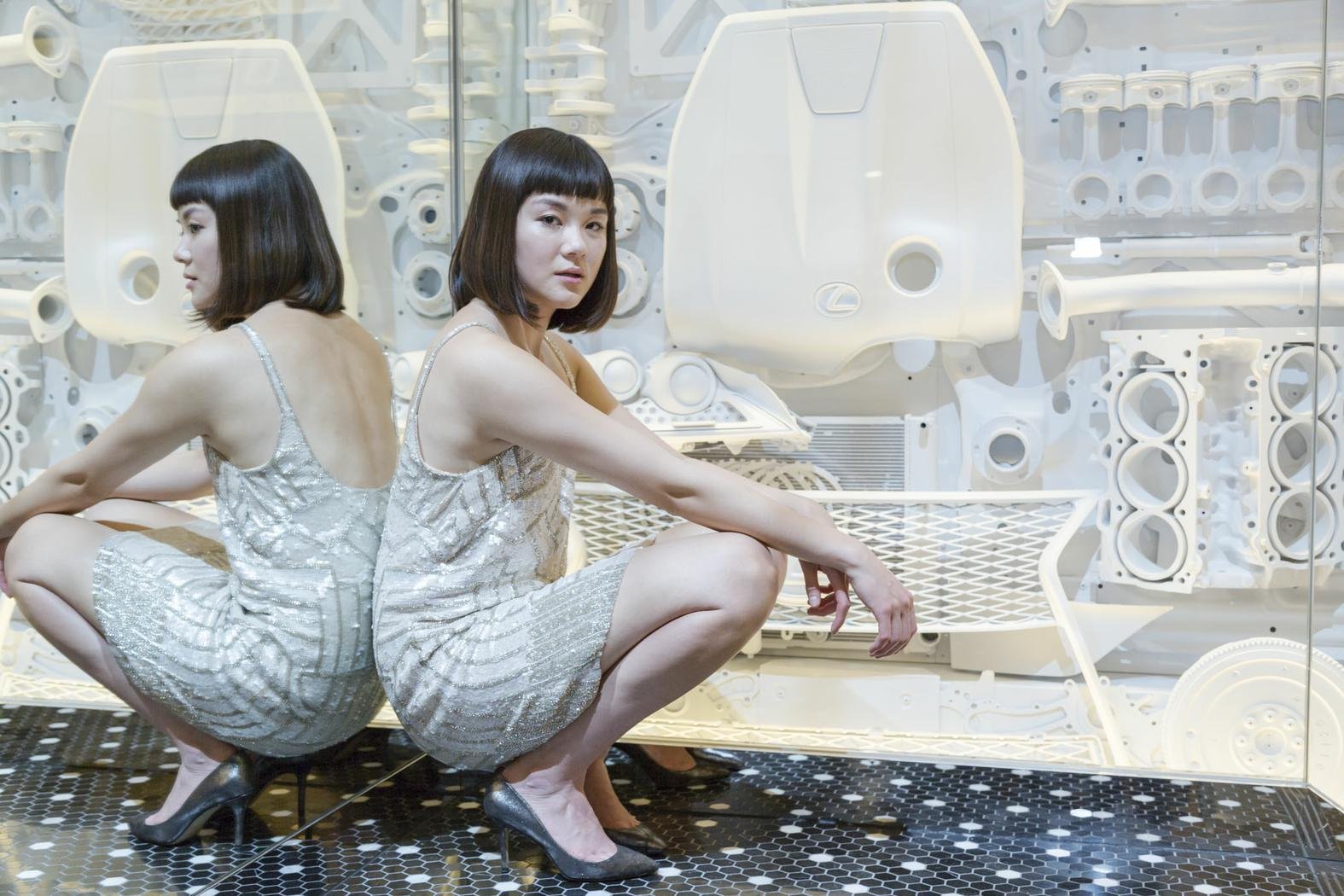
WHAT I DO
i am a creative technologist
I combine computer science and other technologies with art, music, and the humanities to explore questions.
I WORK IN A UNIQUE SPACE.
My space has engineering tools for building electronics, tools for creating art, computers for coding programs, and plenty of space to build and test new creations.
I’m inspired by the way we interact with music.
I use a broad range of tools to explore questions about how we learn and our relationship with music.
I DON’T DO SCIENCE IN THE WAY YOU OFTEN SEE IT IN POP CULTURE.
Instead, I apply scientific thinking as a way to creatively explore big questions about how people work.
MY WHY
Both art and science can be very powerful tools for creativity.
I want to know:
How do we come to know things?
How can electronics and music help us explore questions about human learning?
MY ADVICE
a little about me
As both an artist and a scientist, I don’t really fit in a box.
Despite my lisp in Chinese, I seamlessly bridge the digital and physical realms through my work. Music has been my lifelong companion, with the piano as my instrument of choice. I wasn’t always a great student, I learned a lot along the way. Splitting my childhood between Beijing and New Orleans infused me with a love for exploration and diversity.
MY PATH TO SCIENCE
Growing Up in China
I was born in Beijing and spent my first 8 years in China. I started playing piano at age 4 and was very successful musically when I was young. I wasn’t a great student, was always playing in class, doing things like folding papers.
Focusing on Success
I moved to New Orleans with my family when I was 8. I became very successful academically and enjoyed tackling very challenging math problems. I followed a very rigid path and focused on measures of success — I was very driven to be a top student and top pianist.
Breaking the Mold
I went to MIT for college to study psychology. My first job was in a biology lab. I spent college going back and forth between working in a media lab and exploring the arts and focusing on learning computer science. By the end of school, I had learned a lot about both, and began to wonder what I could do to combine them. I became very driven to answer big questions about how the mind works.
Creating New Ways to Ask Questions
In grad school, I found a way to combine all my interest: computer science, technology, the arts, piano, and psychology. I decided to carve a space out for myself that was equal parts creative and scientific. I started to explore questions about human learning by creating installations and interactive exhibits.
Bridging Worlds
After completing my PhD, I now work as a Research Associate in the lab where I earned it. I also started to travel to give talks about the connection between art, technology, and psychology. i spend my time creating a wide range of exhibits and installations in different places, like a library back in New Orleans. I’m very interested in relationships between the physical human world and the digital or electronic world.
I study CREATIVE TECHNOLOGY
Creative Technologists combine computer science and other technologies with art, music, and the humanities to explore questions.
INTRODUCING
MEDIA ARTS & SCIENCES
What are media arts & sciences? Why do they matter?
In this technological age, we are constantly surrounded by more information that we can possibly absorb. The study of media arts and sciences seeks to find a way to communicate in a more creative way that will reach and inspire a greater number of people. Science and art are not so distinct. Just like how there is both art and science in every aspect of life, the two fields can be blended to create a new area of study that may help bridge gaps between many areas of research and society. Music, for example, has many similarities with math — the number of beats per musical bar and the designation of half and quarter notes that fit together to create an artistic expression that we can all enjoy. The study of media arts and sciences seeks to bring this kind of appreciation of both art and science into more areas of daily life.
Those who work in media arts and sciences come from diverse backgrounds and seek to create new ways of delivering knowledge. They can be designers, inventors, engineers and often they work collaboratively to figure out the most innovative ways to present new information and design more creative societies.
Career Resources
Every scientist’s path is unique, and the right resources can make all of the difference. Below are a selection of resources that may be helpful for those who are interested in areas of science that are related to Xiao Xiao’s work.
“Everybody has the potential to be smart. It’s just that some kids, usually the ones who follow the rules, end up getting the good grades. But being smart is more than that.”
— XIAO XIAO, PHD
KEEP EXPLORING
Here are some resources we recommend for diving deeper into themes from this story.
Technology & Computer Science
FIELD GUIDE
coming soonView more related scientists:
Looking for teacher resources?
PHOTOGRAPHER: Erica Derrickson • Boston, MA© 2024 THE PLENARY, CO. ALL RIGHTS RESERVED. TERMS. PRIVACY.This is a brand new site! See an issue? Let us know.

